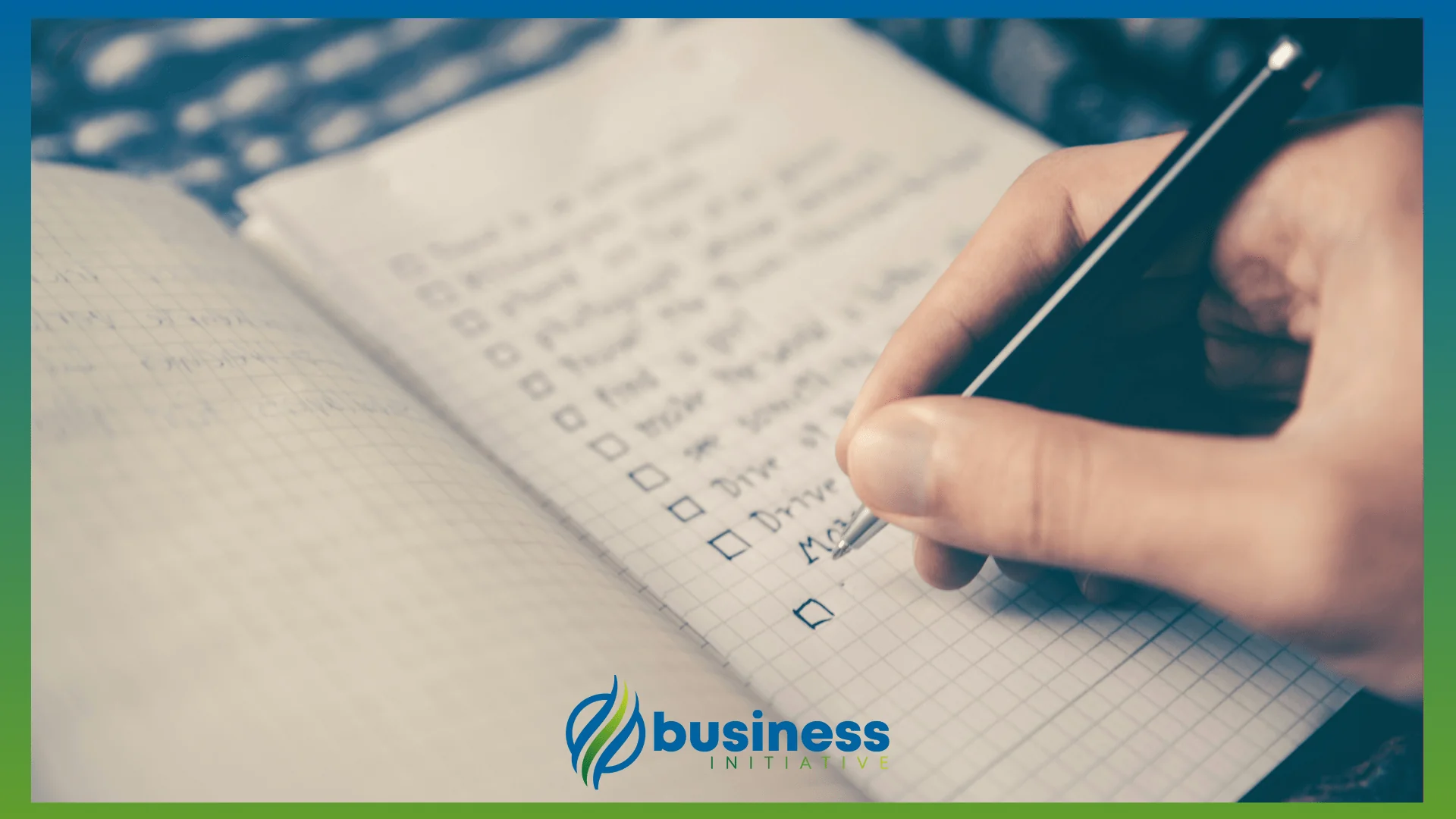You’re ready to hire.
You need an EIN.
You want a smooth transition.
You need a timeline.
EIN application. Job posting. Offers. Onboarding. Your plan.
This guide shows you how.
Phased timeline. Step-by-step plan. Alignment strategy. Your success.
Read this. Follow the timeline. Hire your first employee.
 Key Takeaways
Key Takeaways
- Apply for EIN first—get your EIN before posting jobs to ensure you can legally hire and pay employees
- Post jobs after EIN approval—wait for EIN confirmation before actively recruiting to avoid delays
- Set up payroll systems—configure payroll software and state tax accounts before making offers
- Make offers with systems ready—extend offers only after payroll and compliance systems are in place
- Onboard smoothly—complete onboarding with all systems operational and compliance requirements met
 Table of Contents
Table of Contents

Why Timeline Matters
Timeline ensures smooth transition.
What happens without timeline:
- Rushed decisions cause mistakes
- Missing requirements delay hiring
- Compliance issues create problems
- Poor onboarding hurts retention
What happens with timeline:
- Planned decisions prevent mistakes
- All requirements are met
- Compliance is maintained
- Smooth onboarding improves retention
The reality: Timeline enables successful hiring.
Phase 1: EIN Application
Start with EIN application:
Apply for EIN
What to do:
- Complete EIN application
- Provide accurate business information
- Submit required documents
- Wait for confirmation
Why it matters: EIN is required for hiring.
Receive EIN Confirmation
What to expect:
- EIN confirmation letter
- Tax ID number
- IRS acknowledgment
- Record keeping
Why it matters: Confirmation enables next steps.
Verify EIN Status
What to verify:
- EIN is active
- Information is correct
- Documents are filed
- Records are updated
Why it matters: Verification prevents problems.
Pro tip: Complete EIN application first. Apply, receive confirmation, verify status. See our EIN guide for application.

Phase 2: Preparation
Prepare for hiring:
Set Up Payroll Systems
What to set up:
- Choose payroll software
- Configure tax settings
- Set up direct deposit
- Test payroll system
Why it matters: Payroll systems enable payment.
Register for State Taxes
What to register:
- State unemployment insurance
- State income tax withholding
- Workers’ compensation
- State tax accounts
Why it matters: State registration ensures compliance.
Prepare Documentation
What to prepare:
- Job descriptions
- Employment agreements
- Onboarding materials
- Compliance forms
Why it matters: Documentation supports hiring.
Pro tip: Prepare thoroughly. Payroll systems, state registration, documentation. See our hiring guide for preparation.
Phase 3: Recruiting
Begin recruiting:
Post Job Listings
What to post:
- Clear job descriptions
- Required qualifications
- Compensation details
- Application process
Why it matters: Job postings attract candidates.
Screen Candidates
What to screen:
- Review applications
- Conduct interviews
- Check references
- Evaluate fit
Why it matters: Screening finds right candidates.
Select Finalists
What to select:
- Top candidates
- Skills match
- Cultural fit
- Availability
Why it matters: Selection determines success.
Pro tip: Recruit effectively. Post jobs, screen candidates, select finalists. See our hiring guide for recruiting.

Phase 4: Hiring
Make hiring decisions:
Extend Offers
What to include:
- Job title and description
- Compensation package
- Start date
- Terms and conditions
Why it matters: Clear offers prevent confusion.
Complete Paperwork
What to complete:
- Employment agreements
- Tax forms (W-4, I-9)
- Benefits enrollment
- Compliance documents
Why it matters: Paperwork ensures compliance.
Confirm Start Date
What to confirm:
- Start date and time
- Location and schedule
- First day agenda
- Contact information
Why it matters: Confirmation enables onboarding.
Pro tip: Hire carefully. Extend offers, complete paperwork, confirm start date. See our hiring guide for hiring.
Phase 5: Onboarding
Complete onboarding:
First Day Setup
What to set up:
- Workspace and equipment
- System access
- Introductions
- Orientation
Why it matters: Setup enables productivity.
Training and Integration
What to provide:
- Job training
- Company culture
- Team integration
- Support resources
Why it matters: Training ensures success.
Ongoing Support
What to provide:
- Regular check-ins
- Feedback and guidance
- Development opportunities
- Problem resolution
Why it matters: Support improves retention.
Pro tip: Onboard effectively. First day setup, training, ongoing support. See our hiring guide for onboarding.
Your Next Steps
Follow the timeline. Complete each phase. Hire successfully.
This Week:
- Review this timeline
- Apply for EIN
- Begin preparation
- Plan recruiting
This Month:
- Complete EIN application
- Set up payroll systems
- Post job listings
- Begin recruiting
Going Forward:
- Complete hiring process
- Onboard new employees
- Maintain compliance
- Scale your team
Need help? Check out our EIN application guide for getting your EIN quickly, our hiring guide for employee requirements, our waiting guide for productive tasks, and our registered agent guide for business address setup.
Stay informed about business strategies and tools by following us on X (Twitter) and signing up for The Initiative Newsletter.
Sources & Additional Information
This guide provides general information about transitioning from solo operator to employer. Your specific situation may require different considerations.
For EIN application, see our EIN Application Guide.
For hiring employees, see our Hiring Guide.
For productive tasks while waiting, see our Waiting Guide.
For registered agent services, see our Registered Agent Guide.
Consult with professionals for advice specific to your situation.


